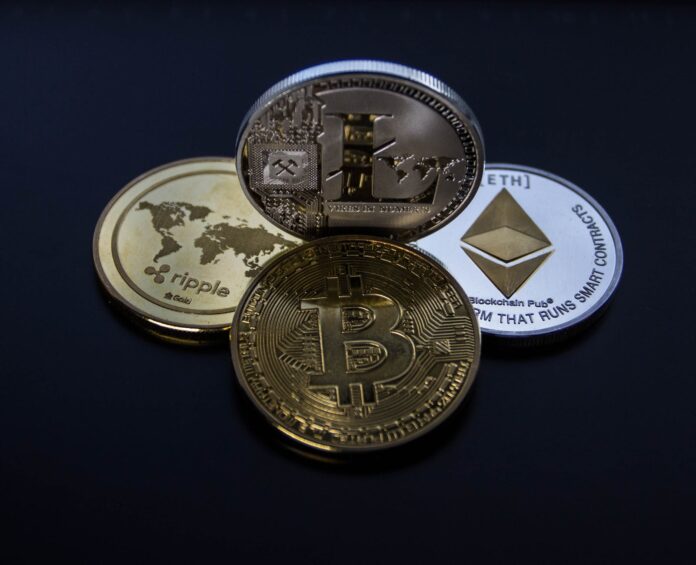Years ago, the only way someone could obtain cryptocurrencies was by either mining them or getting them from another person who will sell them directly to you. The inherent nature of cryptocurrencies demands a specific type of trading platform that is designed to handle cryptocurrencies’ complexity. This is where cryptocurrency exchanges come into play.
The conventional cryptocurrency exchange is a service/platform that allows clients to trade cryptocurrencies for other resources. These include other cryptocurrencies, standard fiat currency, or even other digital currencies. Bitcoin is the most popular cryptocurrency, which has resulted in the creation of many a Bitcoin exchange.
These exchanges are quite an innovation for cryptocurrency, providing the safe and simple option of obtaining cryptocurrencies that people have been longing for. Now, what exactly are crypto exchanges and how do they work? This article will dive into that.
Understanding exchanges
Cryptocurrency exchanges, or DCEs (aka. digital currency exchanges), enable an array of tasks. Users can trade one cryptocurrency for another, exchange fiat currency into crypto, and buy and sell coins. There are different crypto exchanges out there and as such may have diverse options and features. Some are made specifically for traders while others are for speedy cryptocurrency exchanges.
Cryptocurrency exchanges share similarities with run-of-the-mill stock exchanges. The main difference between the two is the way in which traders generate a profit. Traders on a stock exchange buy and sell assets to profit from their fluctuating rates, whereas traders on crypto exchanges use cryptocurrency pairs to profit from volatile currency rates.
There are two exchange types concerning the differences in the hierarchies of operation and governance: centralized and decentralized exchanges.
Centralized exchanges are run by a profit-oriented company that acquires revenue from the platform’s fees. Transactions are conducted through mechanisms that are provided and receive approval from a central authority overseeing its daily operations. These include security, maintenance, and development. They are not anonymous, which means that KYC is required.
Decentralized exchanges are unique in that they do not rely on a third-party service. Trades typically occur directly between users in a peer-to-peer fashion by way of an automated process. They are largely anonymous, meaning that KYC is not required.
Cryptocurrency exchanges – particularly centralized exchanges – insist on new users completing a registration process before they can get started on trading. Verification levels will often vary. For some, email address confirmation is all that is required, while others need applicants to upload a picture of their passport. These KYC (Know Your Customer) protocols ensure that crypto businesses abide by anti-money laundering measures.
How they operate
Crypto exchanges establish the currencies’ rates, and this is for both coins and tokens. The cryptocurrency rate normally relies on the actions taken by the sellers and buyers. However, this is not the only influence as several other factors can impact the price.
Countless crypto exchanges will no doubt consist of different options and functions. Some of these platforms are tailor-made specifically for traders, while others are designed for quick crypto-fiat exchanges. Crypto exchanges made for regular traders will permit the purchase of crypto and sell them afterward with comparatively lower commission fees than what would be found on crypto-to-fiat exchanges. Moreover, trading platforms will typically charge fees for money withdrawal from the account.
Something to remember is that different cryptocurrency exchanges mean that they support different selections of assets. Put simply, there are some cryptocurrencies that a platform does not support. For example, there are times when a trader will need to convert their funds into Bitcoin on one exchange before making another trade on a separate exchange to get the desired coin.
In order to make a purchase, a buyer needs to fund their exchange account by using either local currency or another cryptocurrency. A lot of exchanges will accept a bank transfer or the use of a debit/credit card, and some also allow PayPal or other similar services.
A buyer can then place a “buy” order on the exchange by requesting to purchase Bitcoin at anything that falls below a maximum price. When placing a buy or sell order, the exchange will add this to the platform’s ‘order book.’ This is a list that details the amounts of Bitcoin that traders wish to sell. Additionally, it shows the prices that they are looking for. Exchanges are essentially matchmaking services for the two groups, minus the romance.



















